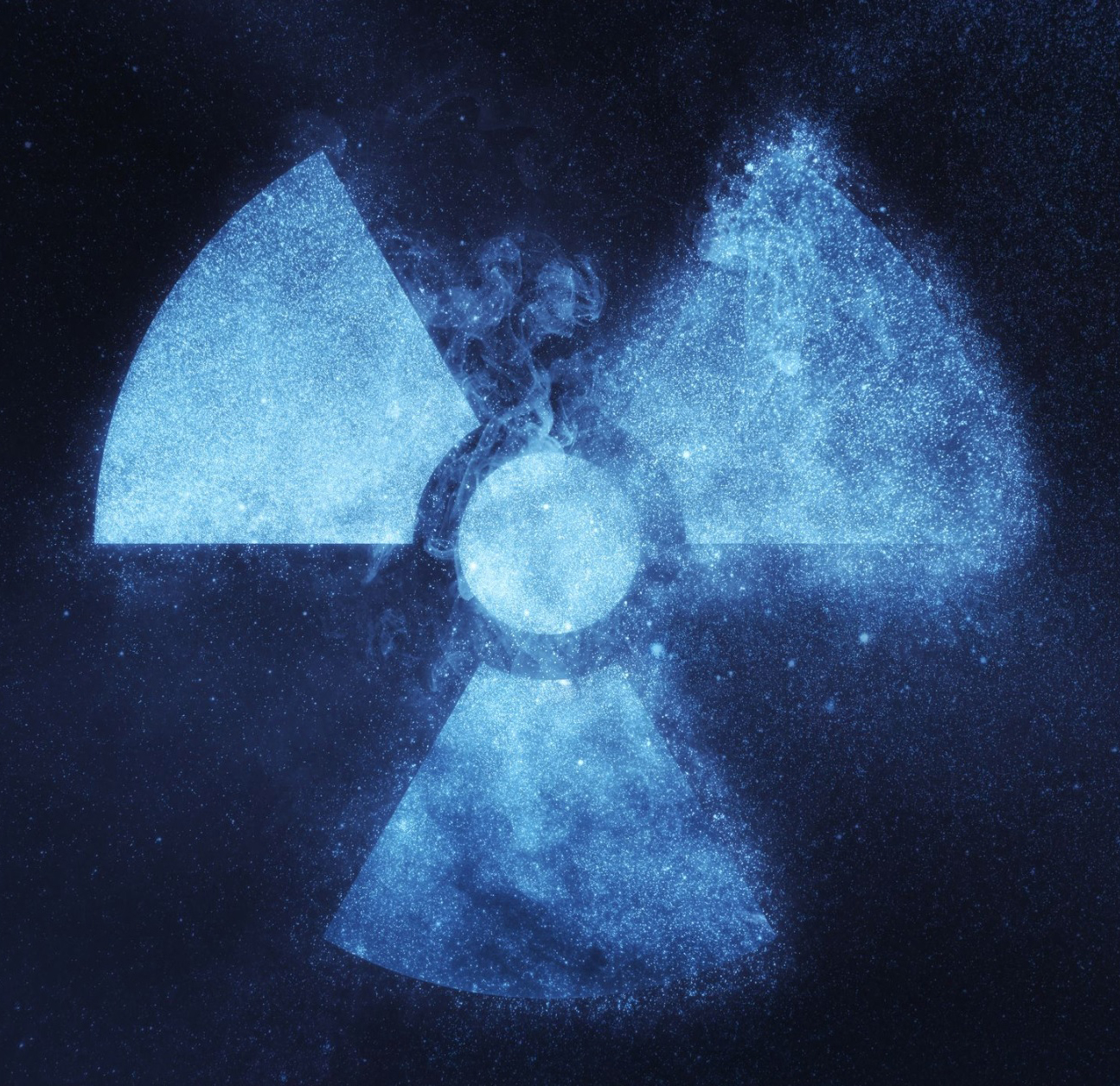
Bill Gates has helped break ground to mark the construction of the first next-generation nuclear reactor in the United States. The joint project by TerraPower and the Department of Energy plans to build a sodium test reactor in Kemmerer, Wyoming by 2030.
Despite being one of the pioneering nations in the development of commercial nuclear energy, the United States nuclear industry has been moribund for decades. Since 1978, only two plants have begun construction – and that was in 2013 with none since then. Worse, these have all been conventional pressurized water and boiling water reactors without a single advanced type built since the 1970s.
There are any number of reasons for this. Economics has played its part because most American reactors are essentially one-offs with exorbitant costs resulting from the civil construction needed to house the reactors. Politics has been another factor, with a powerful environmentalist lobby routinely opposing all projects and pushing through rafts of hostile regulations.
Then there is the problem of nuclear waste, with the US refusing to either implement proper storage facilities or to reprocess high-level waste as is routinely done in other countries.
However, Gates has other ideas and having a few odd billion dollars cluttering up his junk drawer he founded TerraPower in 2008 with the view of building the first commercial Generation IV reactor in the US.
Called Natrium, it’s a 345-MWe molten sodium reactor hooked to a 1-GWh molten salt energy storage system that’s designed to allow the reactor to act as an on-call backup to intermittent power sources like wind and solar. The idea is that the reactor generates power at a constant rate, which is the most efficient approach, and stores the energy as heat in the molten salt. When the wind isn’t blowing or blowing too fast, or the sun isn’t shining, the molten salt is used to produce steam to turn turbines and generate electricity.
Based on GEHitachi’s PRISM integral fast reactor design, Natrium is a modular, pool type, liquid-sodium-cooled reactor that runs on high-assay, low-enriched uranium (HALEU) containing between 5 and 20% uranium. By using sodium as a coolant instead of water, the reactor has a 785-Kelvin temperature range, which is eight times that of water. In addition, sodium can operate at normal ambient pressure, isn’t corrosive, and won’t decompose the way water does.
